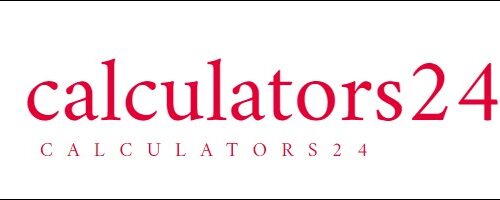Unveiling Nutrition Insights: A Comprehensive Guide to the Nutrition Analyzer
Embarking on a journey toward a healthier lifestyle necessitates a profound understanding of the nutritional composition of the foods we incorporate into our daily lives. Frequently, we find ourselves standing amidst the vast array of products in grocery store aisles, contemplating the optimal choice that aligns with our specific dietary requirements. Enter the Nutrition Analyzer – a transformative tool empowering us to make enlightened decisions regarding our nutritional intake.
Decoding the Language of Nutrition Labels:
Before we explore the pivotal role played by the Nutrition Analyzer, it’s imperative to unravel the intricacies of a nutrition label. These labels serve as a reservoir of information concerning the nutritional essence of packaged foods:
1. Serving Size:
Indicating the recommended portion size for the food item, this sets the foundation for all other values on the label.
2. Calories:
Representing the total caloric content in a single serving, this is a key factor in gauging the energy derived from the food.
3. Nutrients:
Enumerating an array of nutrients such as fat, carbohydrates, fiber, sugars, and protein, presented in grams or milligrams. Percentages (% Daily Value) are often included based on a 2,000-calorie diet.
4. Vitamins and Minerals:
Disclosing the presence and quantity of essential vitamins and minerals, providing crucial insights into the overall nutritional profile.
The Empowering Influence of Comparison:
The Nutrition Analyzer harnesses the potency of information to simplify the process of choosing healthier food alternatives. Here’s how this tool becomes an invaluable asset:
1. Side-by-Side Comparison:
Facilitating the simultaneous comparison of the nutritional content of two or more food products, this feature proves indispensable when navigating choices among similar items.
2. Customizable Criteria:
Empowering users to establish specific nutritional criteria according to individual dietary preferences or health objectives. Filtering options include calorie content, sugar levels, sodium, and more.
3. Visual Representation:
Presenting information in an easily digestible format, often utilizing tables or graphs. This visual representation enhances comprehension, making decision-making a seamless process.
Real-World Applications:
The Nutrition Analyzer extends its influence across various facets of our daily routines:
1. Healthy Eating:
Aiding individuals in making health-conscious choices by spotlighting nutritional differentiations between comparable products.
2. Dietary Restrictions:
For those adhering to specific dietary restrictions, such as a low-sodium or low-sugar diet, the tool serves as a compass, identifying products aligning with their needs.
3. Weight Management:
Individuals focused on weight management leverage the tool to compare calorie counts and nutrient profiles, facilitating effective portion control.
4. Grocery Shopping:
Whether shopping for a family or oneself, the tool streamlines decision-making during grocery excursions, ensuring the selection of optimal products meeting specific nutritional requisites.
In conclusion, the Nutrition Analyzer stands as your unwavering companion on the path to healthier eating. By simplifying the comparison of nutritional labels, it empowers you to make choices harmonizing with your dietary aspirations and preferences. Whether striving for a balanced diet, managing a health condition, or desiring more informed grocery selections, this tool emerges as a priceless asset in your pursuit of a healthier, more gratifying life.
